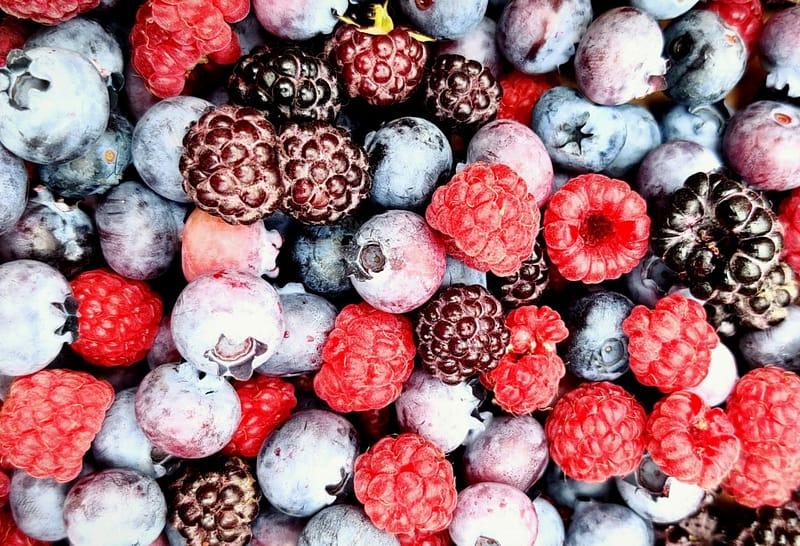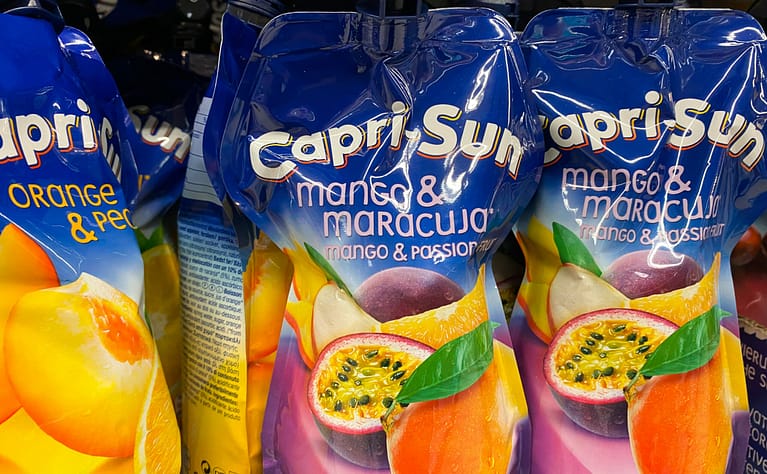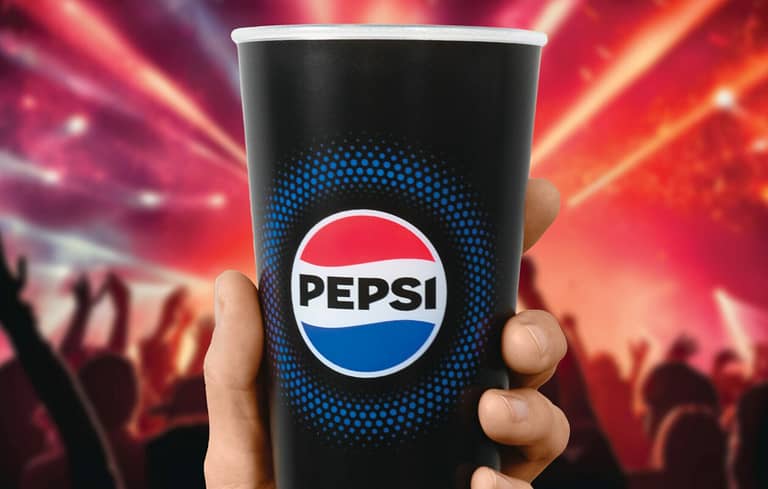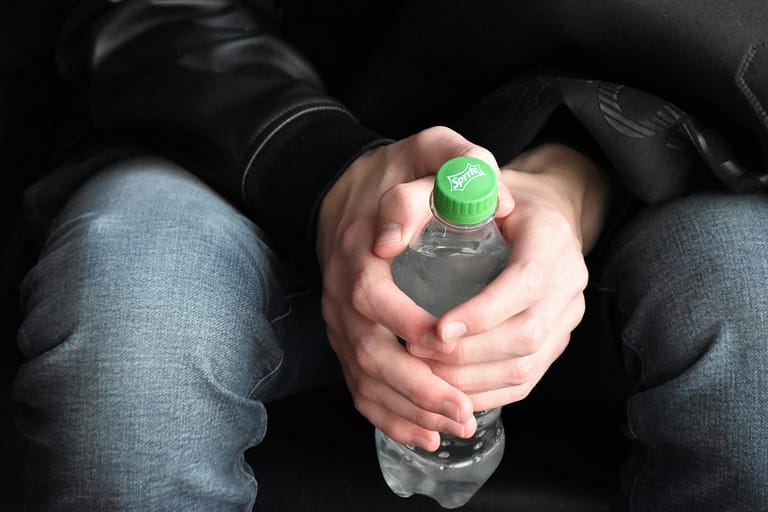Image source: Unsplash
More paper, less plastic and 1 problem: New packaging at the global market leader for berries.
Thomas Reiner | 07.06.2023
Driscoll’s is the global leader in fresh berries. As part of the company’s environmental commitments, its packaging is now being changed. In future, 94 percent of the packaging will be made of paper. Polypropylene (PP) is being used for the transparent top film. Although the entire packaging is recyclable, there is one drawback. This is because the saving of 94 percent plastic leads to more effort and greater sources of disruption during sorting – which strongly calls into question the practical recycling rate.
California-based Driscoll’s is the world’s largest producer of strawberries and also sees itself as the global market leader for berries overall. As part of its environmental commitments, the company is committed, among other things, to 100% recyclable packaging by 2025. The reduction of plastic is also one of its goals.
Driscoll’s Germany has now launched a new packaging.
The new packaging
Whereas in the past plastic was the only material used, now a paper tray in combination with a PP film is implemented.
- 94% of the packaging is made of cardboard. It is fully recyclable and uses fibers with the international FSC certification system for sustainable forest management.
- The transparent top film made of polypropylene (PP) is also recyclable. It makes up 6% of the packaging. The film is used as a viewing window and allows consumers to visually check the quality of the berries.
On the credit site
- 94% less plastic is an achievement if you’re committed to reducing plastic use. According to Driscoll’s, paper is currently the best alternative. In Germany alone, the new packaging saves thousands of kilograms of single-use plastics.
- The company can also count on its own climate promise with the new packaging. According to Driscoll’s, it reduces its carbon footprint by a remarkable 45% compared to the previous solution.
The company’s bottom line sounds like this: “Packaging that increases shelf visibility, is fully recyclable, and reduces both the amount of plastic and carbon footprint.”
The target
As understandable and sensible as paperization is in principle, one has to look at the details when substituting plastic for paper. For example, the “hybrid” of paper and PP film in the case of Driscoll’s is perfectly understandable, since consumers must be able to see the berries.
However, this “hybrid” system means that 100% recyclability will remain theory. This is because experience shows that most people do not separate film and tray, but dispose of the packaging as a whole. This leads to problems in sorting and, as a result, to significantly lower material recycling.
Conclusion
As small as the detail may seem – it is crucial in terms of circular economy. Therefore, “mixed systems” remain a double-edged sword for climate and environmental protection.
